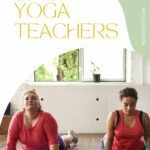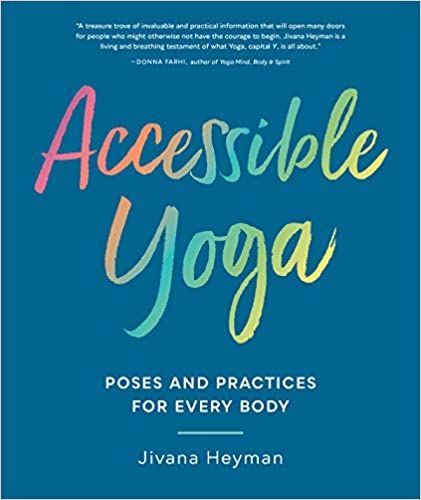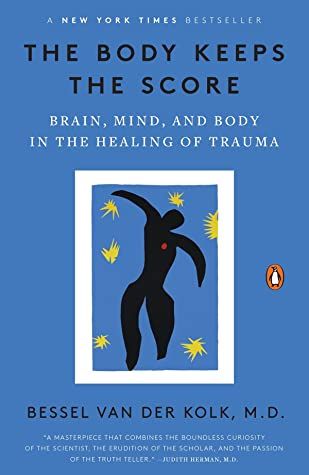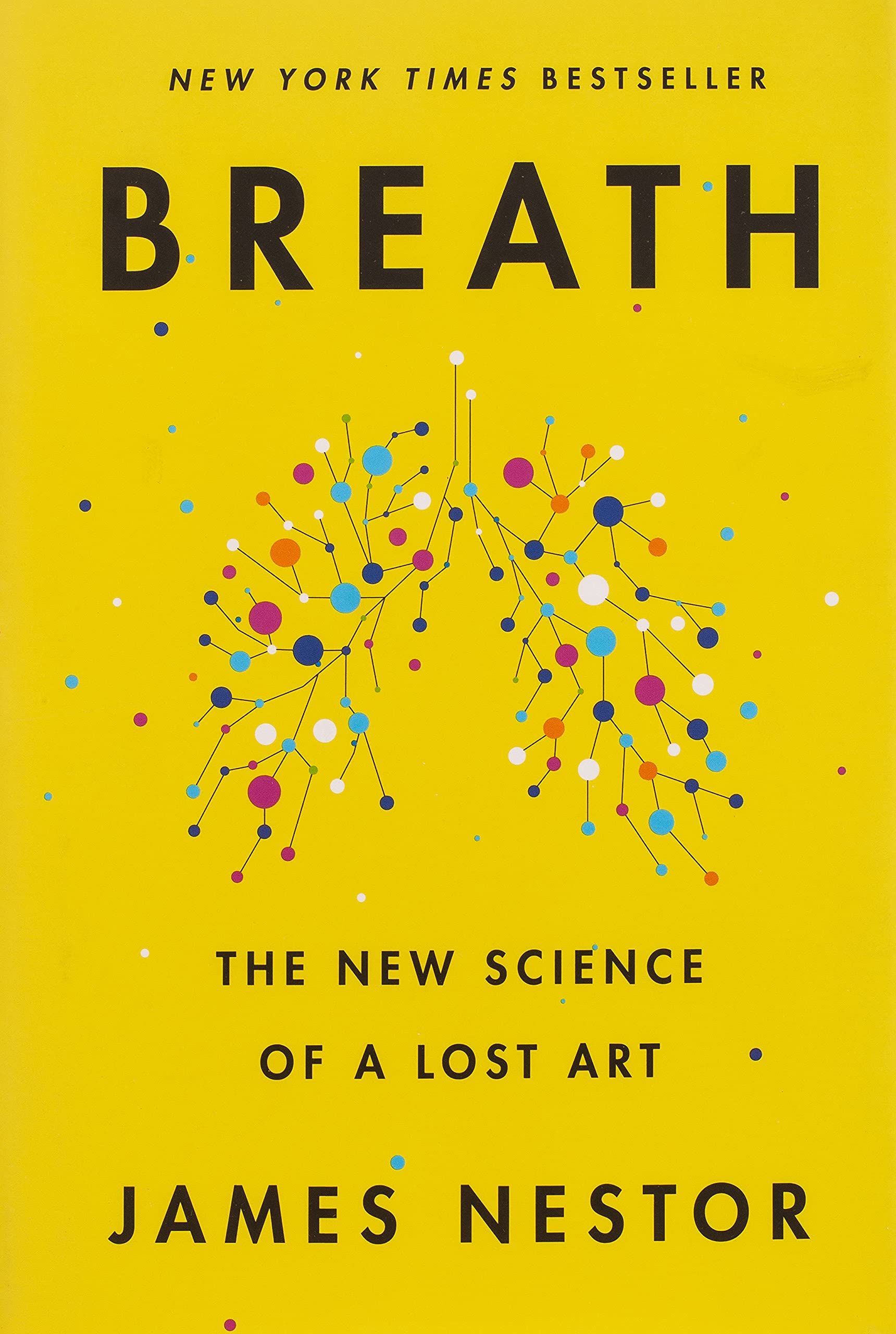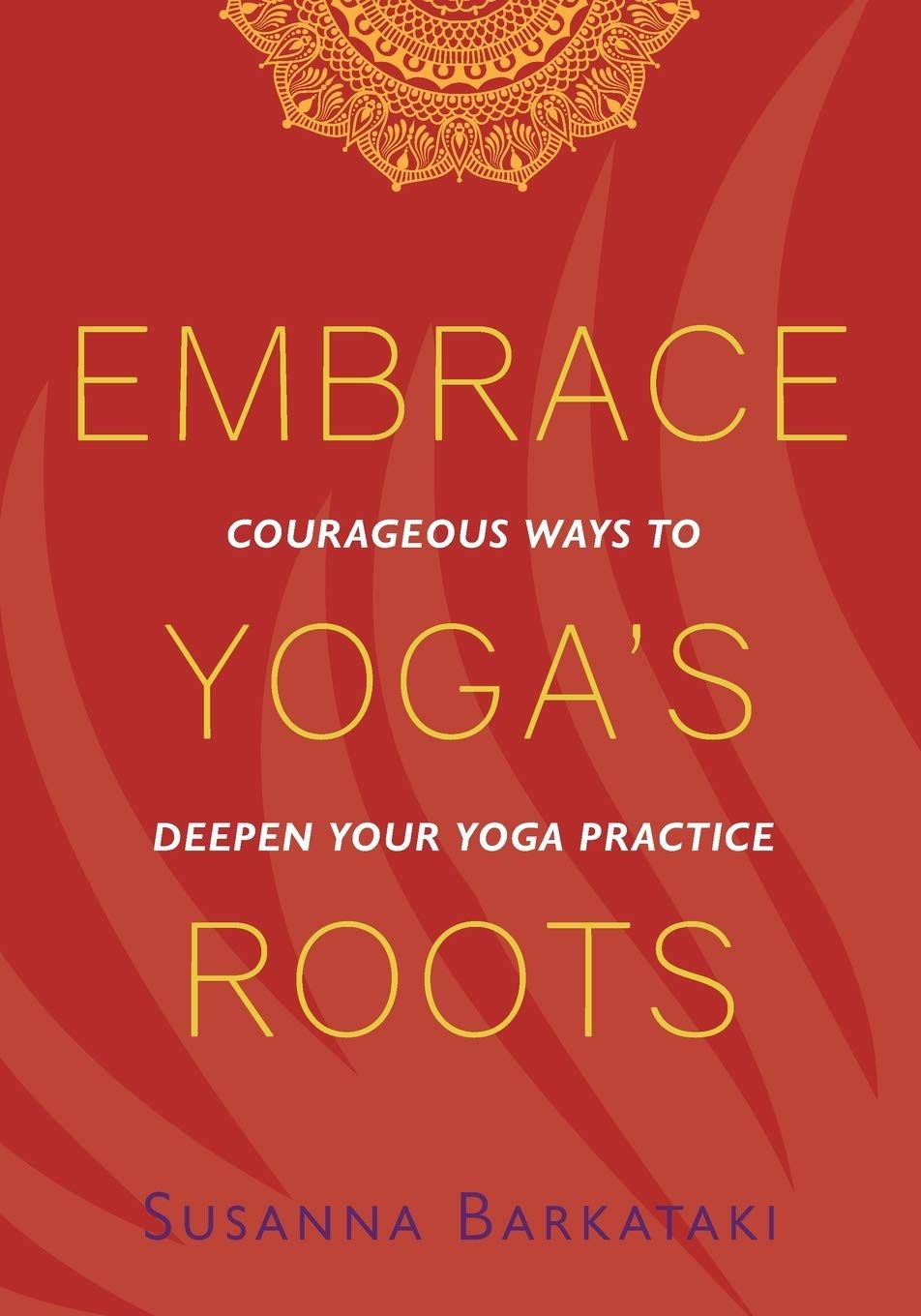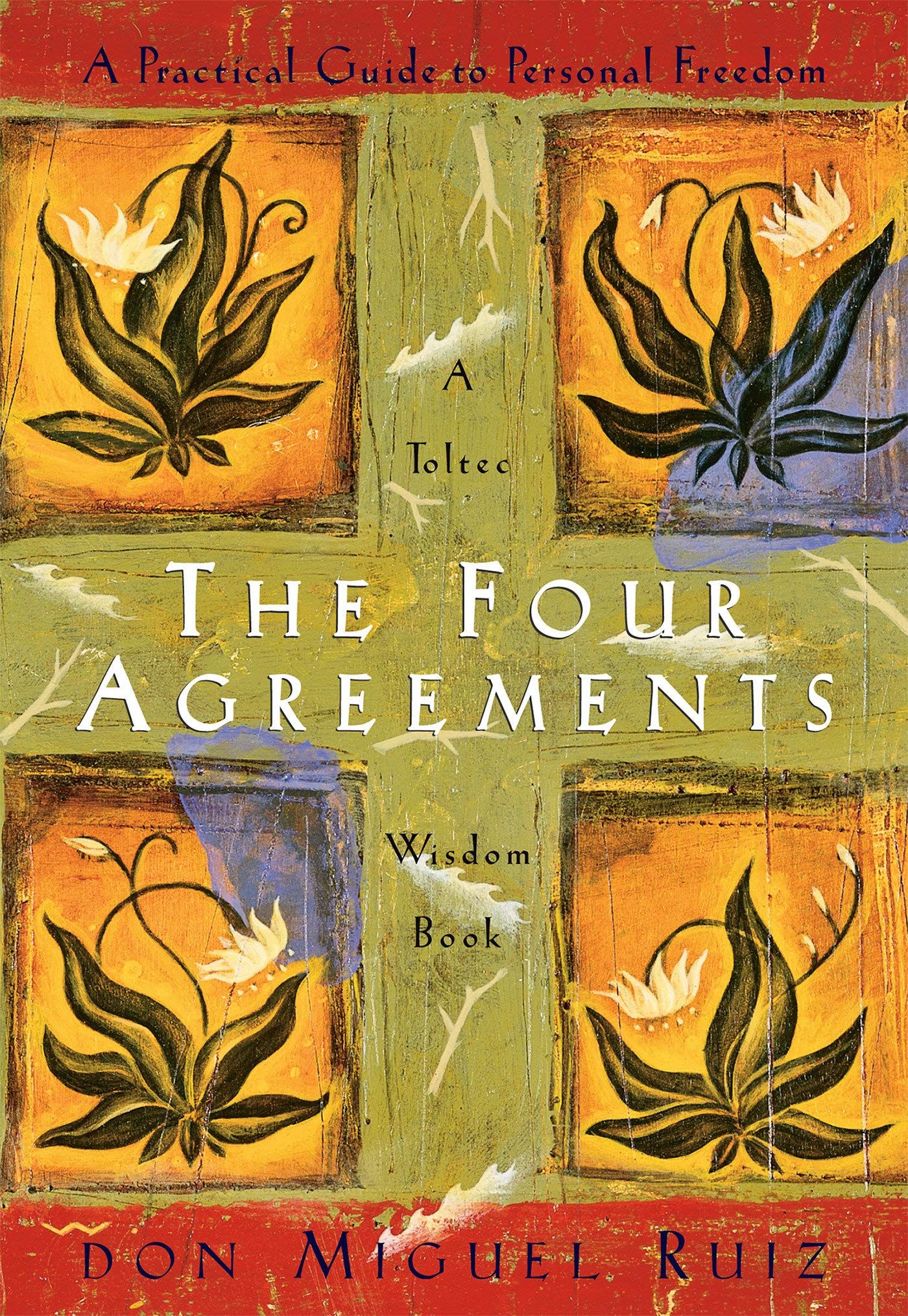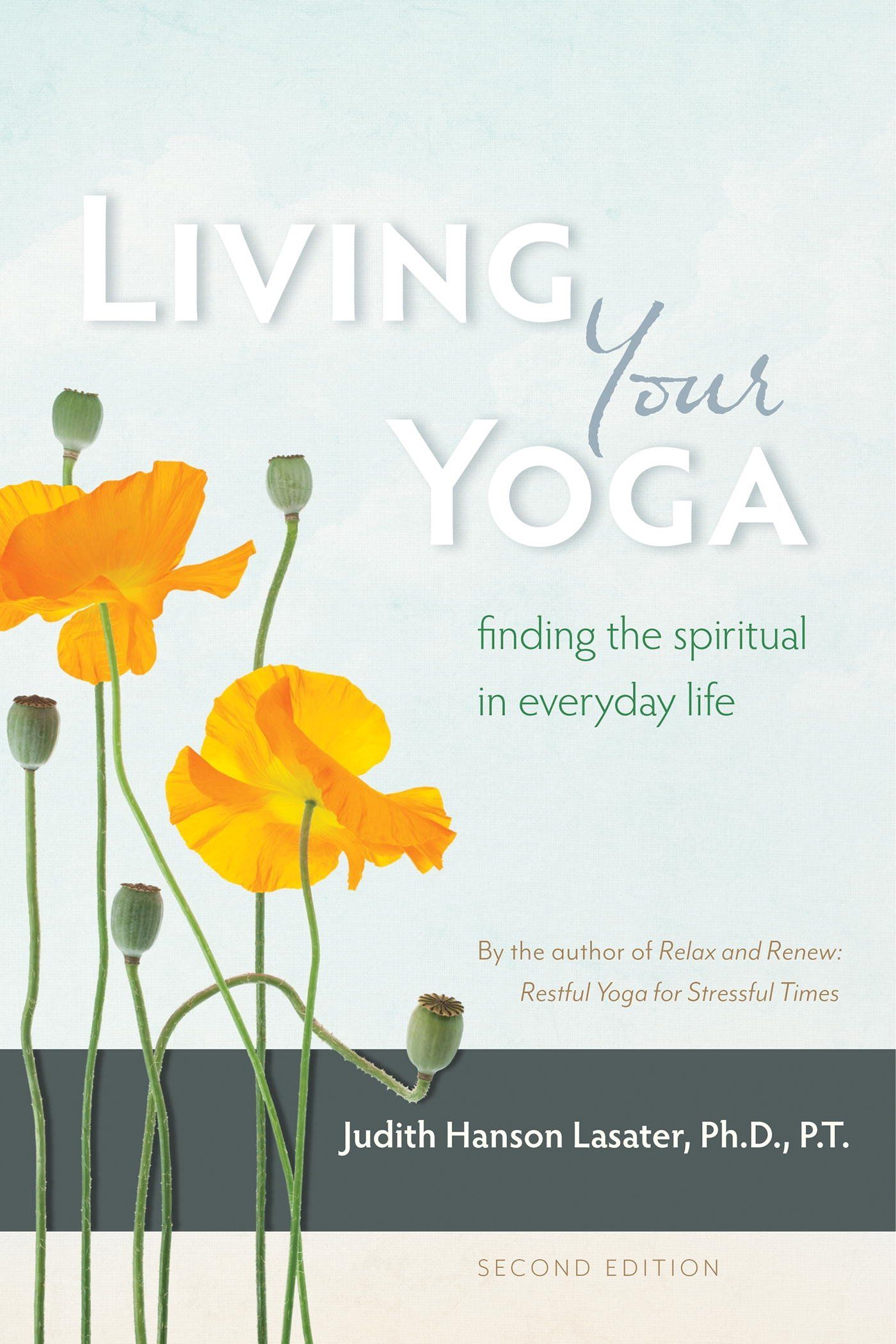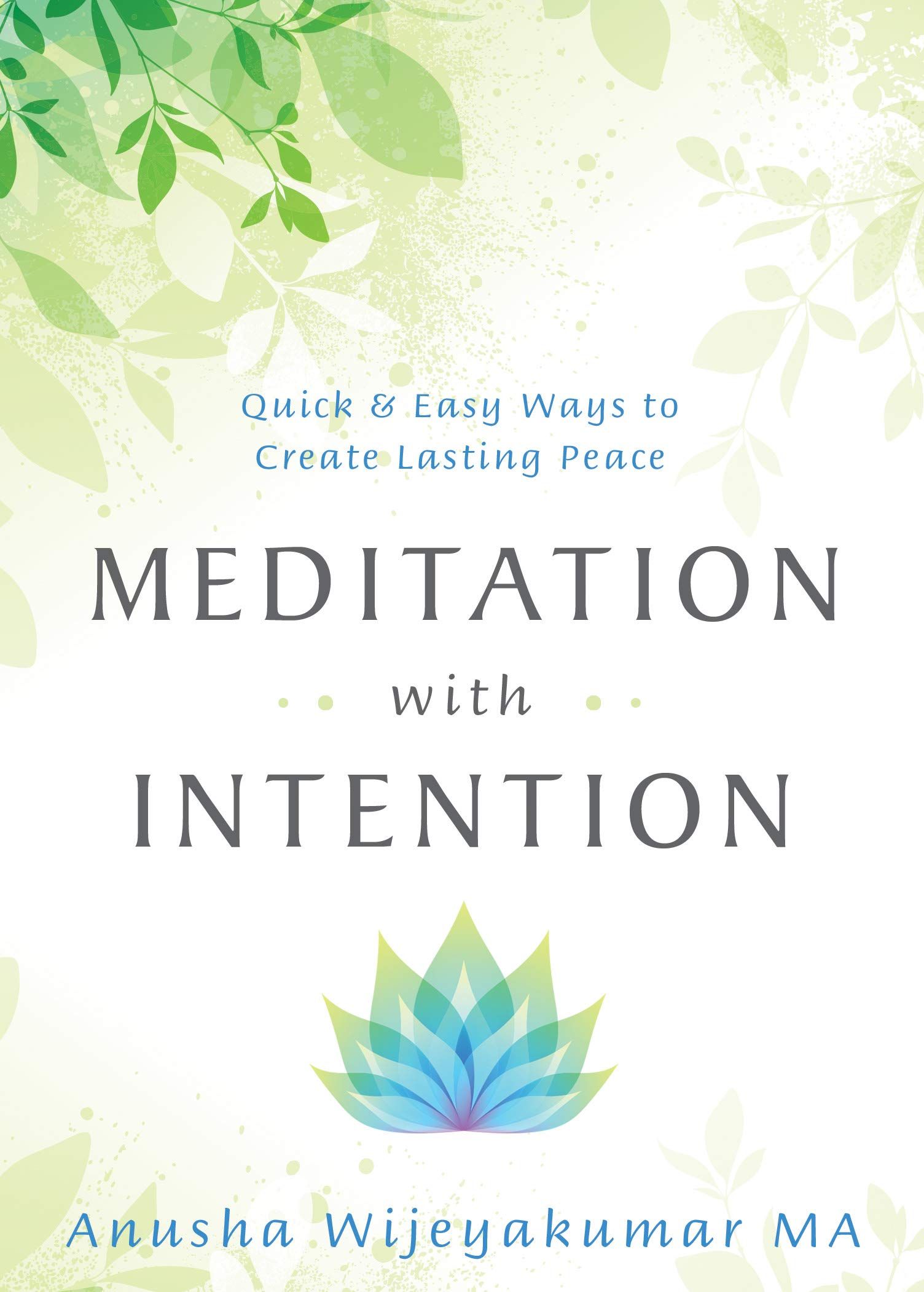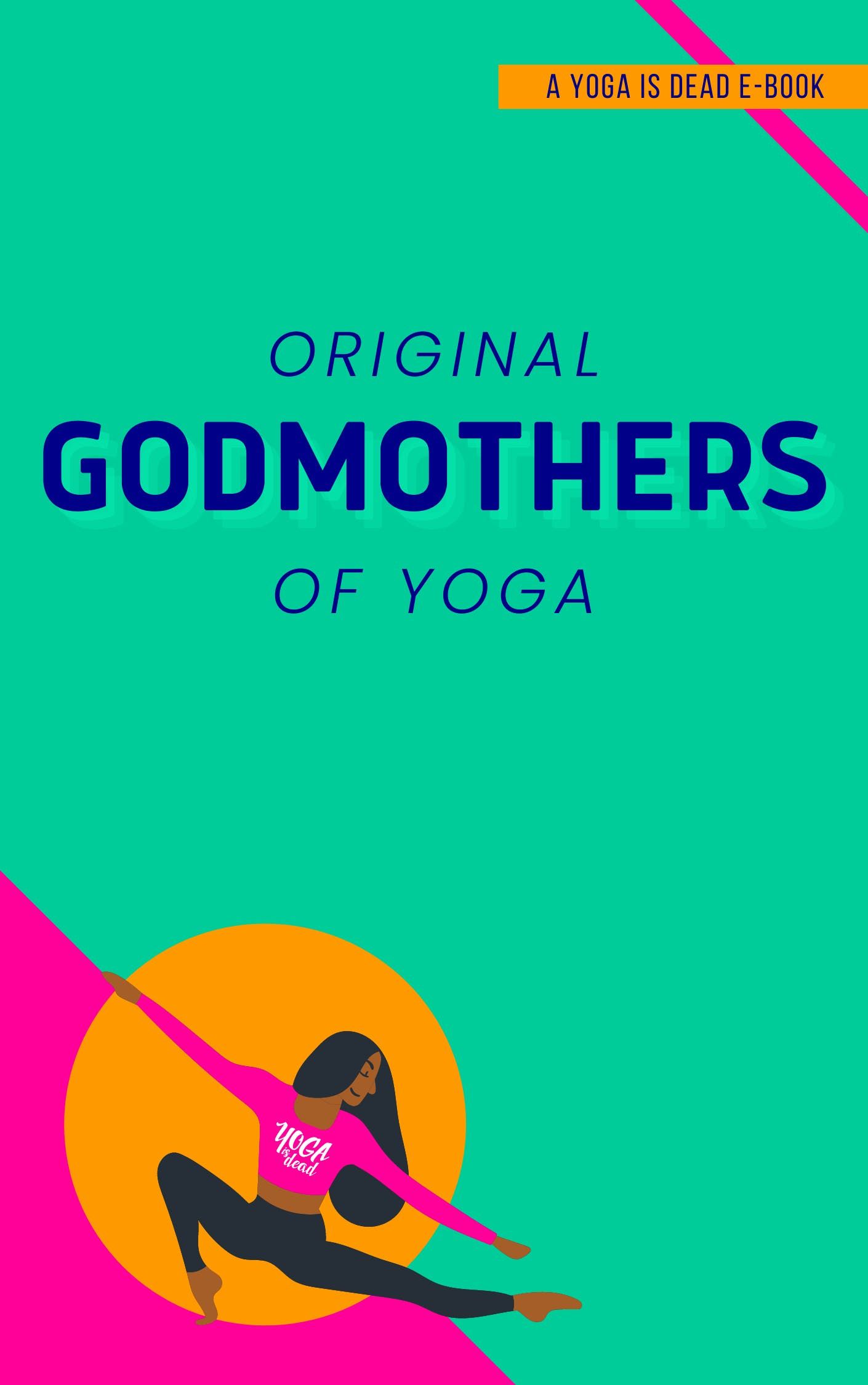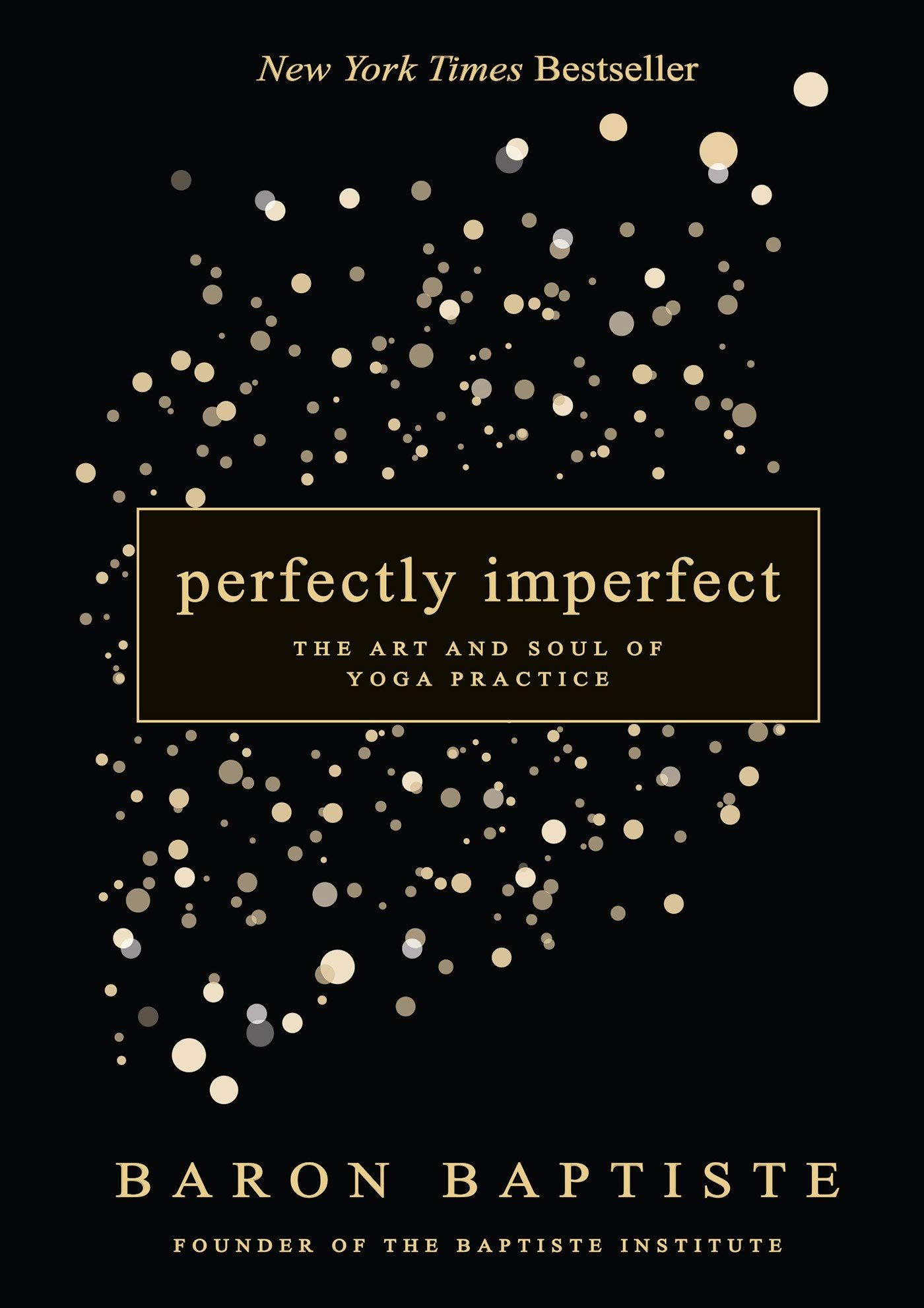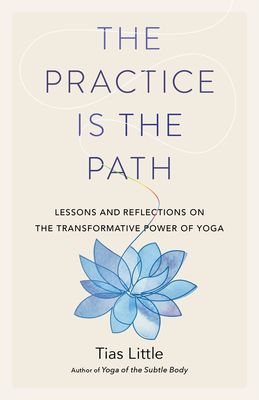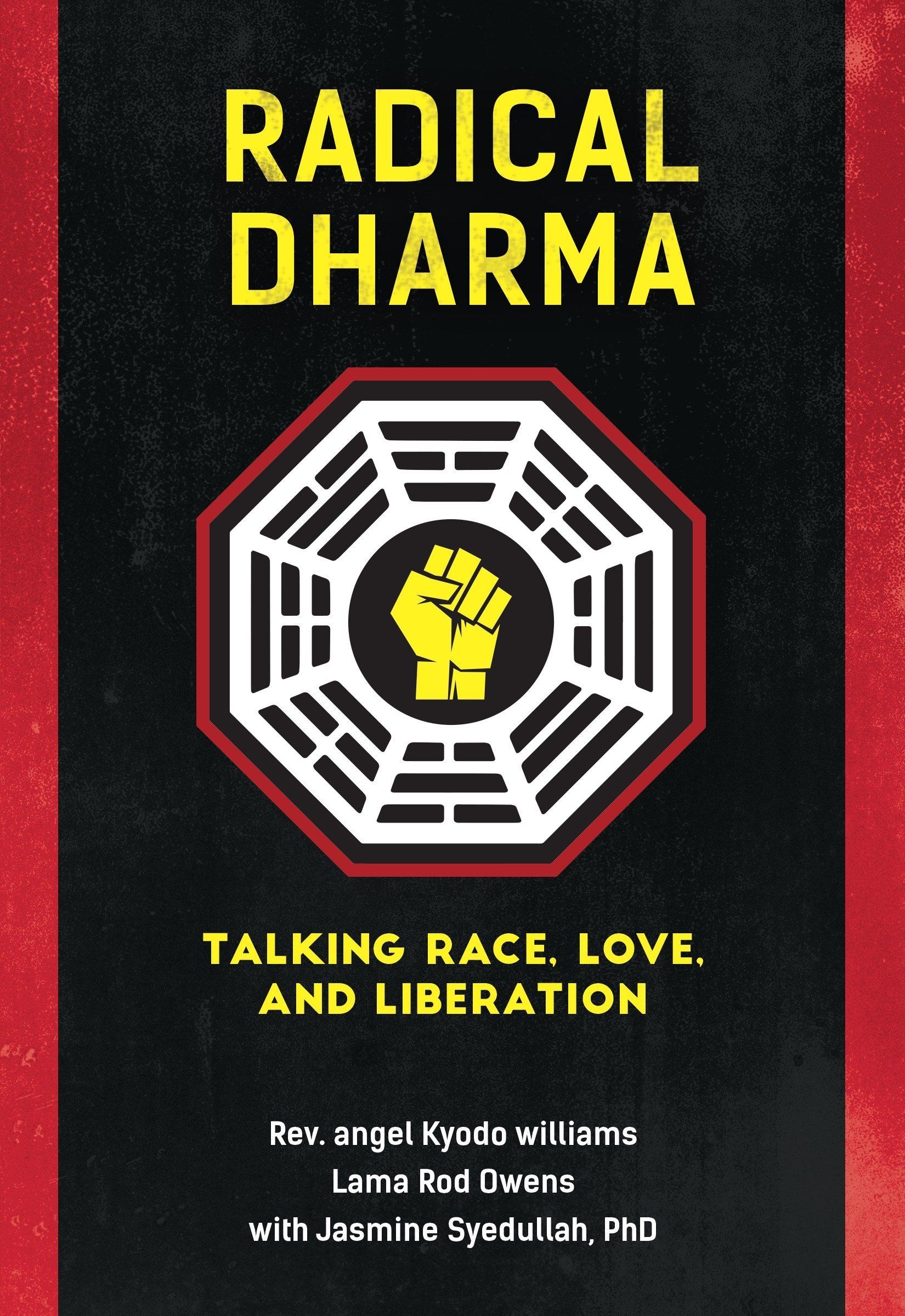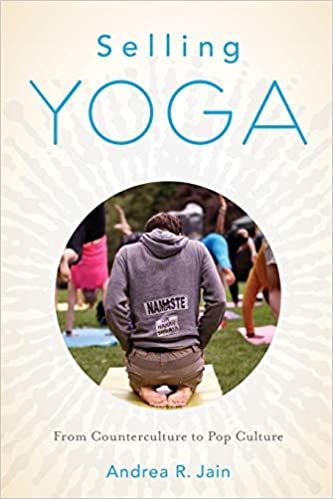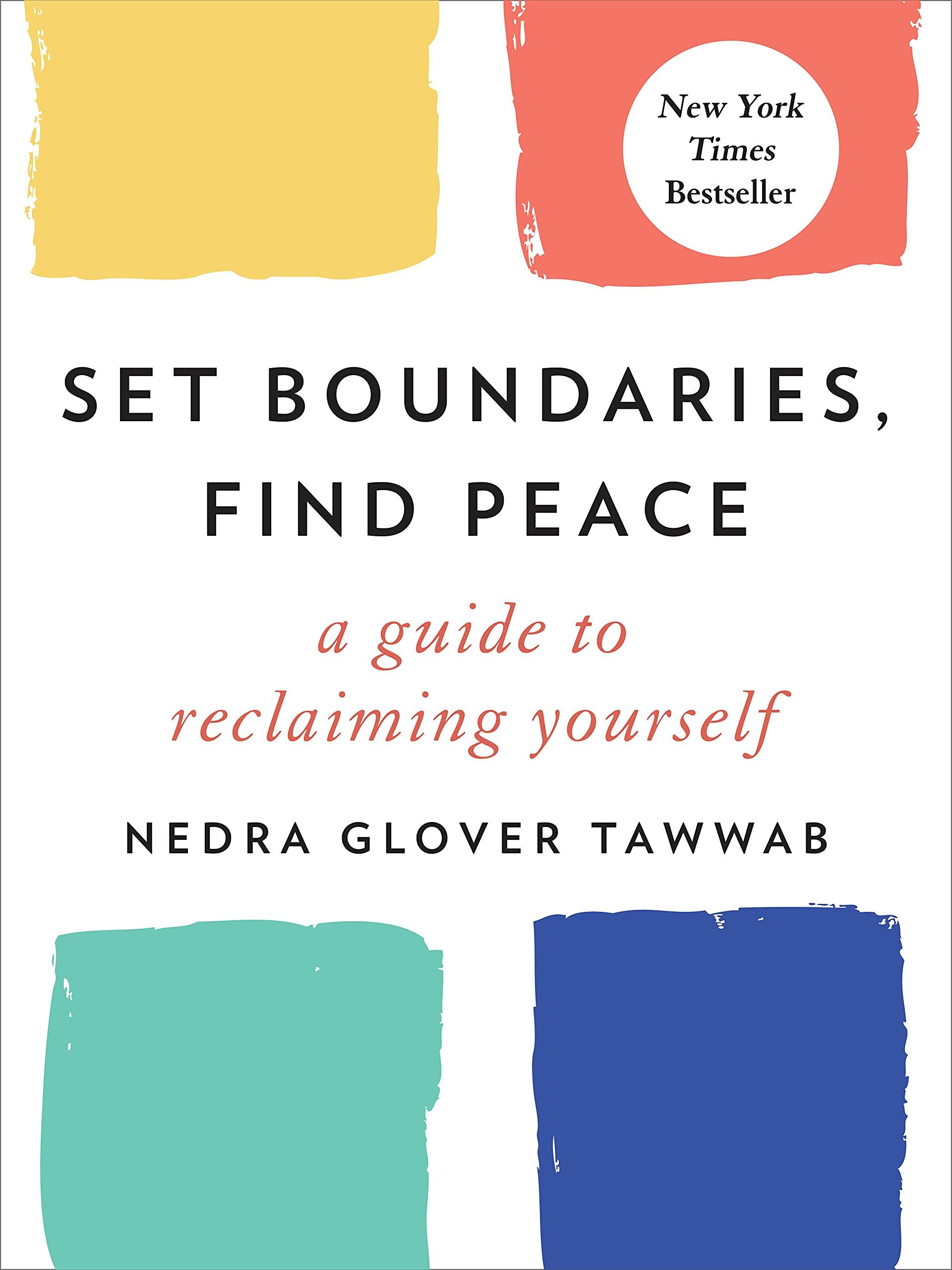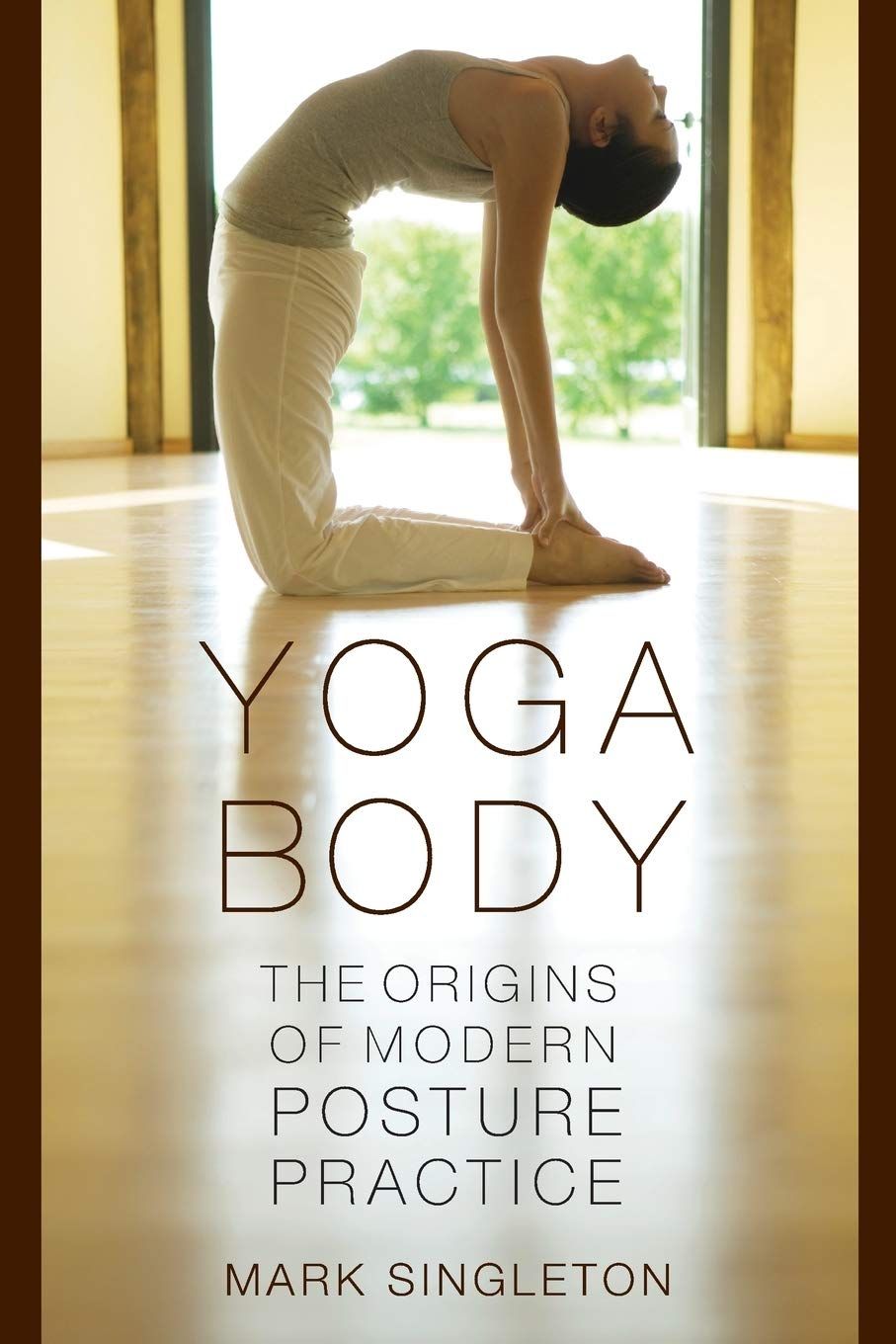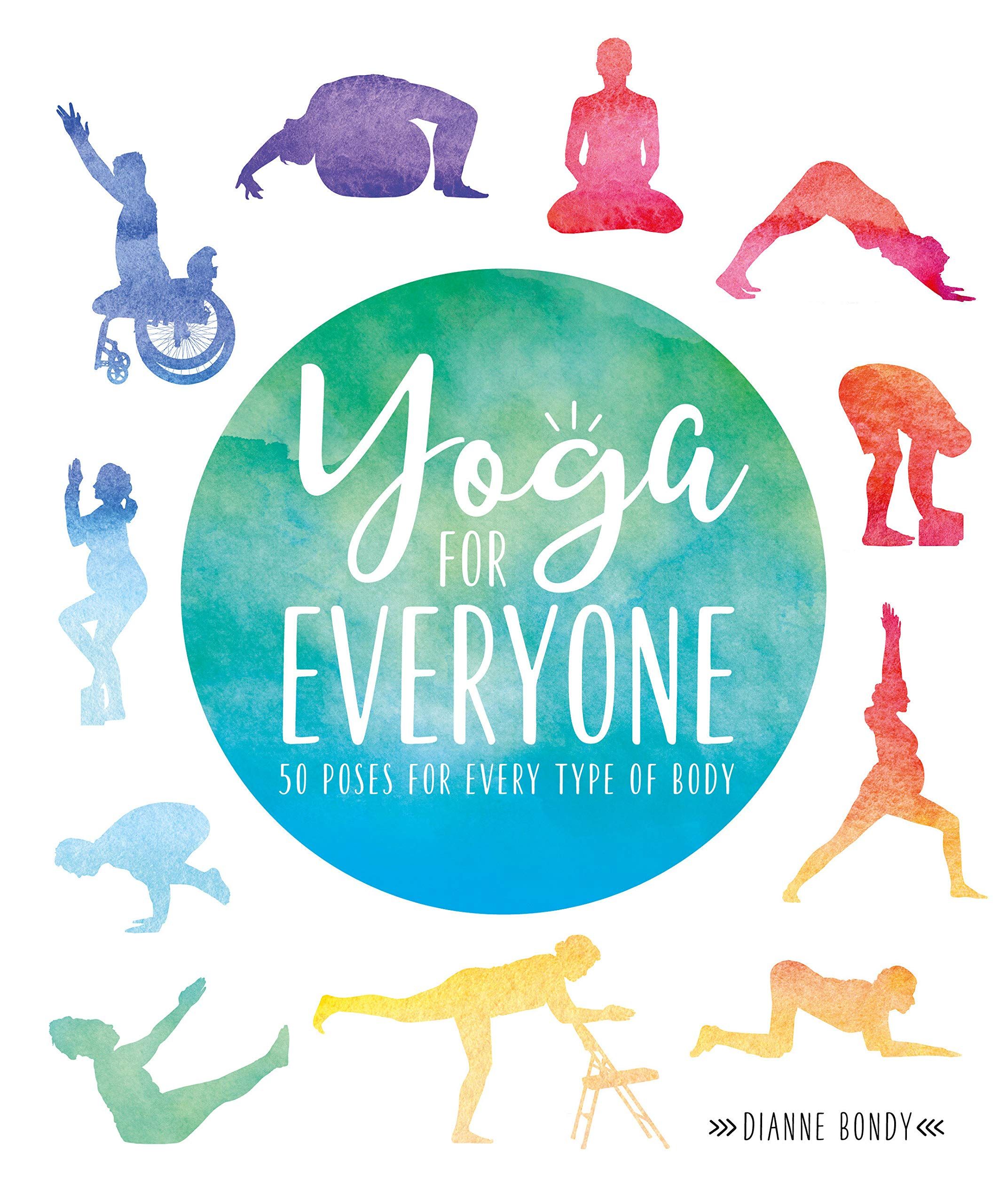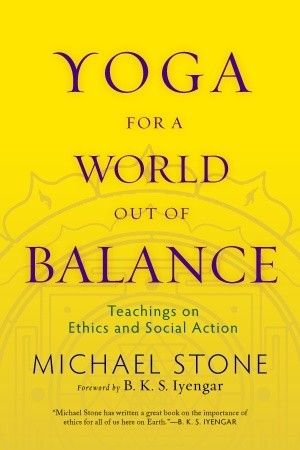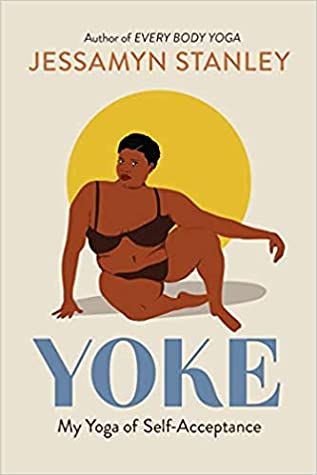Yoga has a complicated history, with origins stretching back more than 3,000 years in what is modern day India. There’ve been a number of influential leaders throughout the centuries, leading to teachers earning distinction as guru, whether or not it’s earned. Some are known abusers, having allowed their ego to step in front of the foundational practices and philosophies of yoga. But emerging from these complex histories are fresh voices, reexamining the classics texts of yoga and presenting to teachers and students new, modern, and progressive ways in which the practice endures. Some of these books come from traditional publishers, but many come either from small presses, specialty presses, or are self-published; it should be of little surprise by now that many are by authors of color, reclaiming their space in yoga and needing to do so from the ground up. A few years ago, I complied a collection of the best yoga books for beginners. Consider this list of the best books for yoga teachers to be the next step. Whether you’re a teacher or a student of yoga — and any teacher will tell you that you’re always a student, no matter what title you may attain — these books take on big, meaty topics in yoga. These are not asana-focused books, even though asana may emerge. Instead, they explore the philosophies, the history, and the modern contextualization of yoga. It never ceases to amaze me that modern yoga influencers, primarily white ones, practice spiritual bypassing, pass conspiracy theories off as truth, decry science in favor of “natural” remedies, and believe that yoga is not political. The exact opposite is true on all counts: yoga demands we sit with our spiritual selves and beliefs and take action upon them. This is literally laid out in the Sutras, nestled right there in the yamas and niyamas (the restraints and actions we’re to take as individuals on our path to liberation). Yoga believes in science equally as much as more homeopathic methods of health and wellness, and it’s important to state that plainly, particularly during a pandemic where leaders within the community deny vaccinations. You don’t lack an understanding of Ahimsa more when you eschew a tool meant to protect others from harm because you have the privilege to do so. Now, more than ever, we have a responsibility as yoga teachers to return to learning and self-reflection. We have the responsibility to turn that knowledge into action. Most of these books are “yoga books.” But some of them are not. Combined, these books provide tools for expanding one’s ways of seeing the world, as well as participating in it, through yoga teachings. As one of my teachers said in each of his training modules, the more tools you have in your yoga belt, the better a teacher you become.
The Best Books for Yoga Teachers
Want more books for teaching yoga? These seven books should be on your yoga books shelf. I also highly recommend getting to know some fat yoga teachers who offer classes and trainings online, as they will not only help you develop more skills in teaching a wide range of bodies, but they will lead you to even more outstanding online yogis — especially from the global majority — adding even more opportunities to learn.
Those, of course, are key to all of the limbs of yoga and the first two, yama and niyama, in particular.
I’m not someone who believes we can manifest our way to liberation, but Ruiz’s book manages to offer practical ways to reframe thinking that don’t bypass the work needed to implement change. The applicable skills here can be easily thread into an asana class, especially through questions asked to students in long holds or challenging ones.
I’ve had the privilege of taking a few of Little’s workshops, and he has been teacher to a few of my own teachers. His work on the subtle body is crucial for teachers, as is this book, which is a reflection on what yoga looks like over the course of a lifetime. Too often, we’re pushing harder, faster, and more, but Little emphasizes that there’s so much to be learned and discovered when you slow down and hit pause and invite spontaneity.
Set Boundaries, Find Peace is a practical tool for developing boundaries, rooted in cognitive behavioral therapy. The work you do to build boundaries will have a powerful effect on students, too, as they learn where and how they need to find their peace through them.
Singleton’s book offers a look at the origins of contemporary asana in a way that’s crucial for yoga teachers to understand. This book explores the whiteness brought to the postures, alongside the ableist mentalities associated with doing the post “right.”
A bonus recommendation here: if you want to discover how many incredible ways you can incorporate a chair into your teaching or practice — chair focused class or not — you’ll do well with A Chair for Yoga by Dr. Eyal Shifroni.
Stanley’s book is approachable, and it’s one to have on hand not only for yourself but for students curious about going deeper in their practice. Essays span cultural appropriation, fatness, colonization and capitalism, and so much more. They’re explored through the lenses of the yoga sutras, and Stanley offers outstanding explanations for why sitting back and practicing ~good vibes only~ is bullshit.
If sitting in discomfort is something you teach to students, this book will certainly put you right there to practice, too.
